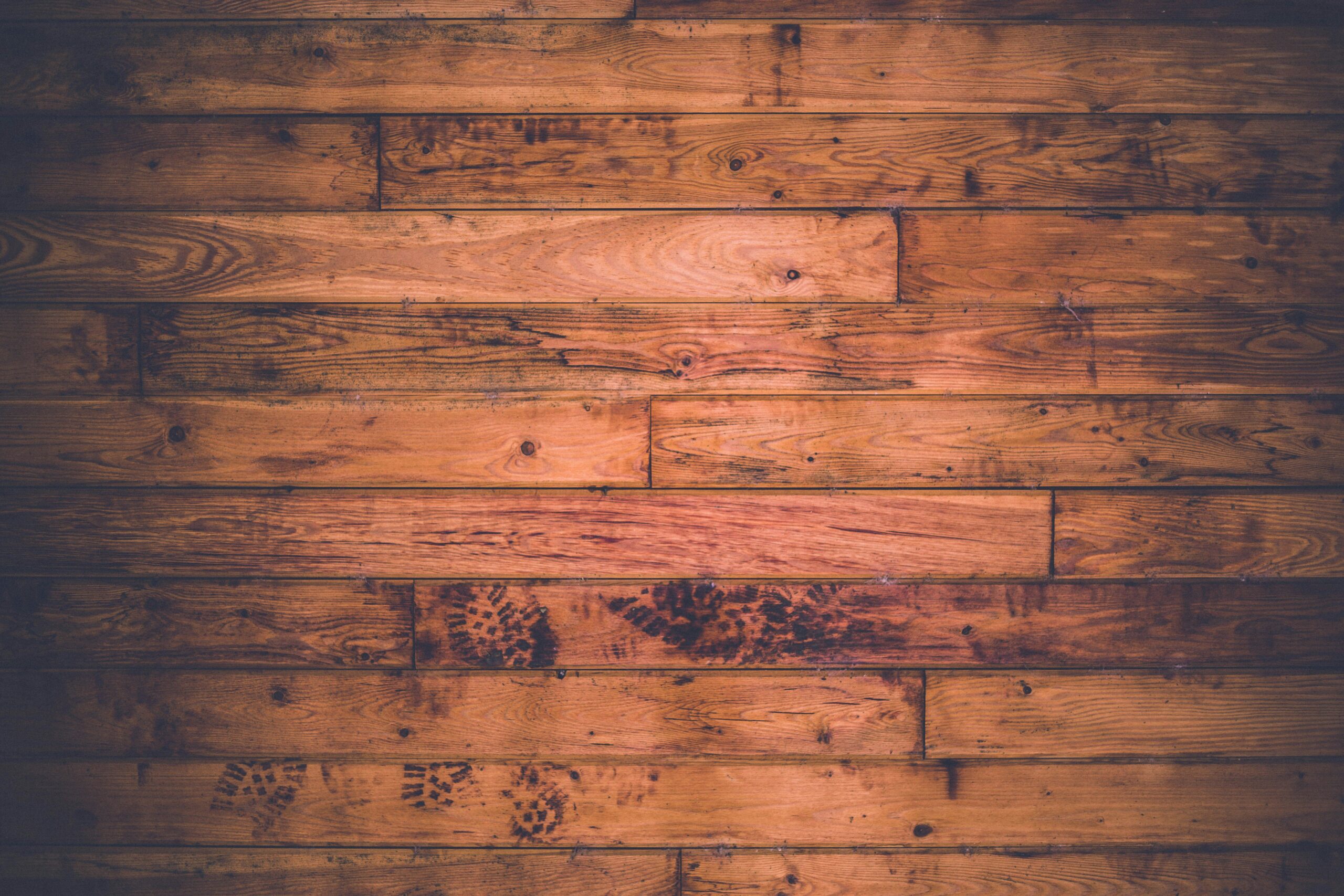Clean, well-maintained floors are more than just a visual asset to your home—they’re fundamental to creating a healthy, safe living environment. Beyond aesthetic appeal, properly cared for flooring significantly improves indoor air quality while protecting what’s often one of your home’s most substantial investments. Whether you own or rent your living space, mastering proper floor maintenance is an essential skill that benefits everyone under your roof.
Understanding Different Types of Indoor Flooring
Homes feature a variety of flooring materials, each requiring distinct care approaches. Hardwood floors offer enduring elegance but demand gentle treatment to avoid scratches and moisture damage. Tile flooring provides excellent durability and water resistance, though its grout lines require regular attention. Laminate and vinyl serve as budget-friendly, low-maintenance options that convincingly mimic natural materials. Carpet delivers warmth and comfort but can become a reservoir for allergens without consistent cleaning. Stone floors bring luxury and longevity to spaces but often need specialized care to maintain their integrity and prevent staining.
Identifying your specific floor type forms the cornerstone of effective maintenance—using inappropriate cleaning methods risks causing permanent damage rather than preserving your investment.
The Science of Floor Hygiene: Why Regular Cleaning Matters
Your floors continuously collect dust, allergens, bacteria, and debris through everyday foot traffic, air movement, and household activities. This accumulation isn’t merely unsightly—it can profoundly impact your family’s wellbeing. Neglected floors often contribute to allergic reactions and respiratory issues, particularly affecting children, elderly household members, and those with asthma or environmental sensitivities.
Consistent cleaning breaks this cycle by removing contaminants before they compromise your indoor air quality or become embedded in flooring materials, which accelerates wear and deterioration.
Essential Tools and Techniques for Floor Maintenance
Proper floor care relies on using appropriate tools for each surface type. Essential equipment includes quality brooms for routine sweeping, microfiber mops that effectively capture dust, and vacuums with suitable attachments for various flooring materials. When investing in a floor cleaner, look for models featuring specialized settings that adapt to different floor types, ensuring thorough cleaning without risking damage.
Develop a maintenance rhythm that incorporates quick daily touch-ups, more comprehensive weekly cleaning, and seasonal deep cleaning to address accumulated grime and preserve your floor surfaces for the long term.
Safe and Effective Cleaning Solutions for Every Floor
Selecting appropriate cleaning solutions is vital for maintaining floor integrity. Excess moisture and harsh chemicals can permanently damage hardwood floors, while acidic cleaners may etch stone surfaces. Natural alternatives like diluted vinegar work effectively on certain materials but can harm others.
Always carefully review product labels and test new cleaning products in an inconspicuous area first. In households with children and pets, prioritize low-toxicity options that clean effectively without leaving potentially harmful residues.
Preventive Care: Protecting Your Floors from Damage
Implement smart preventive strategies such as strategically positioned doormats, protective furniture pads, and area rugs in high-traffic zones. Address spills promptly to prevent staining and water damage, particularly on porous surfaces like wood and grout. Consider adjusting your care routine seasonally—summer’s increased humidity may require different approaches than winter’s dry conditions.
Troubleshooting Common Floor Care Challenges
Even with diligent maintenance, floors sometimes develop persistent stains, show dullness, or retain lingering odors. Tackle these issues promptly with targeted solutions rather than simply increasing the strength of regular cleaners, which might cause damage. Recognize when professional intervention is warranted, especially for deep stains, significant scratches, or structural concerns.
Creating a Floor Care Routine That Works
Effective floor maintenance doesn’t demand excessive time or expensive products—consistency and proper techniques matter most. Customize your approach based on your specific flooring types, household activities, and available time. The modest investment in regular, appropriate care yields significant returns through healthier living spaces and flooring that maintains its beauty and functionality for years to come.
